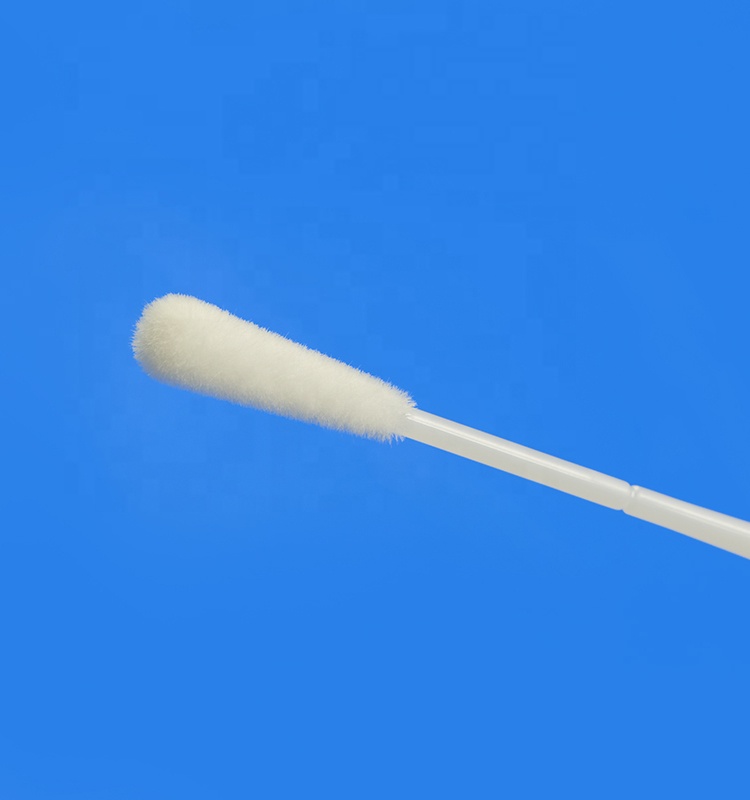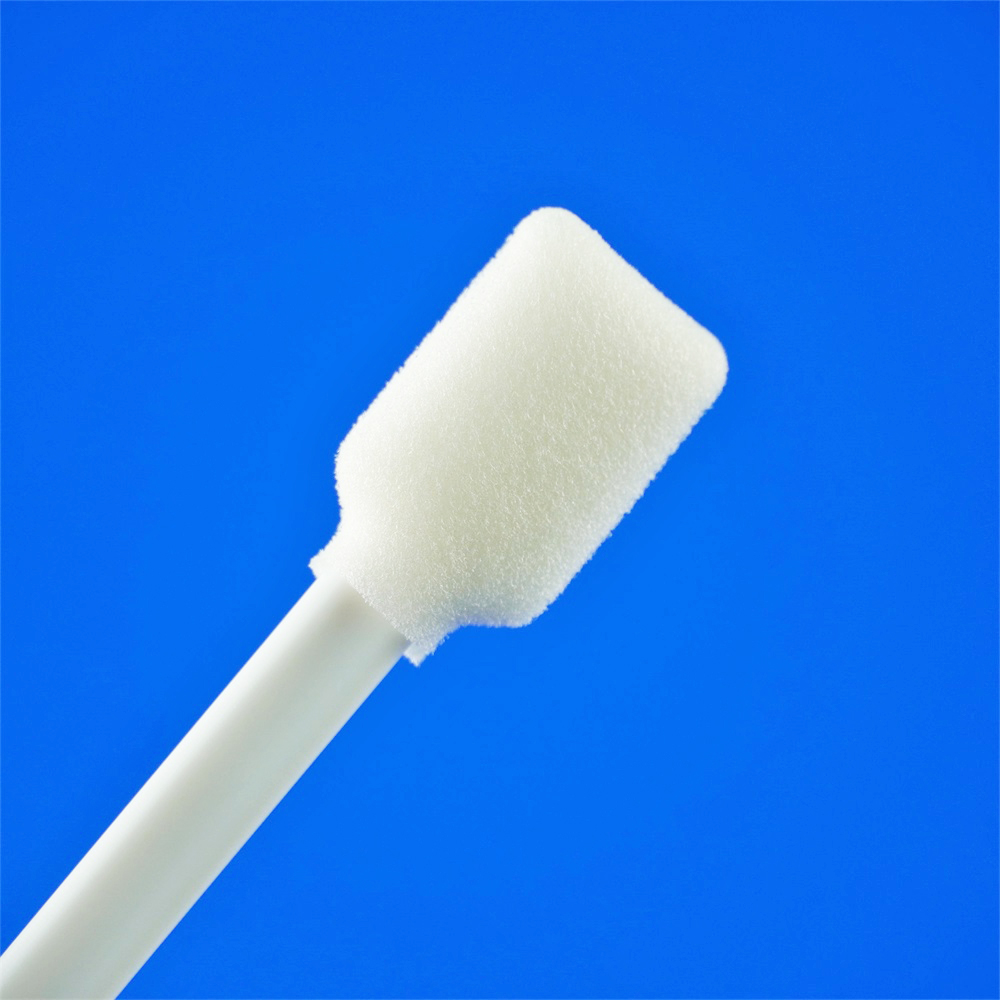Comparison of the features and application of flocked swabs and foam swabs
In medical testing, disease control, and scientific research, sample collection is a crucial step in experimental analysis. Flocked swabs and Foam swabs are two common sampling tools, each with unique physical characteristics and application advantages. This article will detail the features of these two swabs and compare their suitability in different application scenarios.
1. Features of flocked swabs
Flocked swabs are typically made of nylon fibers, with their surface covered in thousands of tiny fibers, giving it a velvety feel. This structure allows flocked swabs to efficiently adsorb and release microorganisms or cells during sampling.
1) Efficient adsorption: The velvety structure of nylon fibers provides a larger surface area, increasing the sample's adsorption capacity.
2) Good release: During subsequent laboratory processing, flocked swabs can efficiently release the adsorbed sample for testing.
3) Softness: The flexibility of nylon fibers ensures that flocked swabs do not cause discomfort when in contact with the skin or mucous membranes.

2. Features of foam swabs
The foam swab is made of porous foam material and has good elasticity and water absorption. Its soft texture is suitable for sampling in sensitive areas.
1) High water absorbency: The high porosity of the foam enables it to quickly absorb large amounts of liquid specimen.
2) Soft touch: The soft texture of the foam swab reduces irritation to the sample recipient, making it especially suitable for infants or sensitive individuals.
3) Ease of use: The elasticity of the foam swab allows it to adapt to different surface shapes, improving sampling efficiency.

3. Comparison of application scenarios
1) The application of flocked swabs: Due to their excellent adsorption and release properties, flocked swabs are commonly used for virus and DNA sampling, such as the detection of influenza virus, HPV, and so on. Their high sample recovery rate is particularly important for diagnostic testing.
2) The application of foam swabs: Foam swabs are used more for the collection of liquid samples, such as for oral, nasal, or other secretions. In environmental monitoring, foam swabs can also be used for microbial sampling in water quality testing.
The choice between flocked swabs and foam swabs depends on specific sampling needs and application scenarios. Flocked swabs are more suitable for sample collection requiring high absorption and release rates, while foam swabs are more applicable for situations requiring large liquid sample absorption. In practical applications, understanding the characteristics and usage of each swab helps to improve sampling efficiency and ensure the accuracy of experimental results.
With the development of technology, there may be more innovation in the design and materials of swabs to meet the growing needs of medical and scientific research. For example, improving the adsorption performance of swab surfaces through nanotechnology, or developing new biocompatible materials to enhance the comfort and safety of swabs. Further optimization of flocked swabs and foam swabs will drive advances in disease diagnosis, environmental monitoring, and scientific research.

